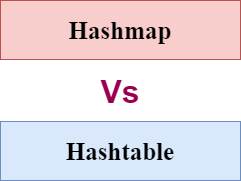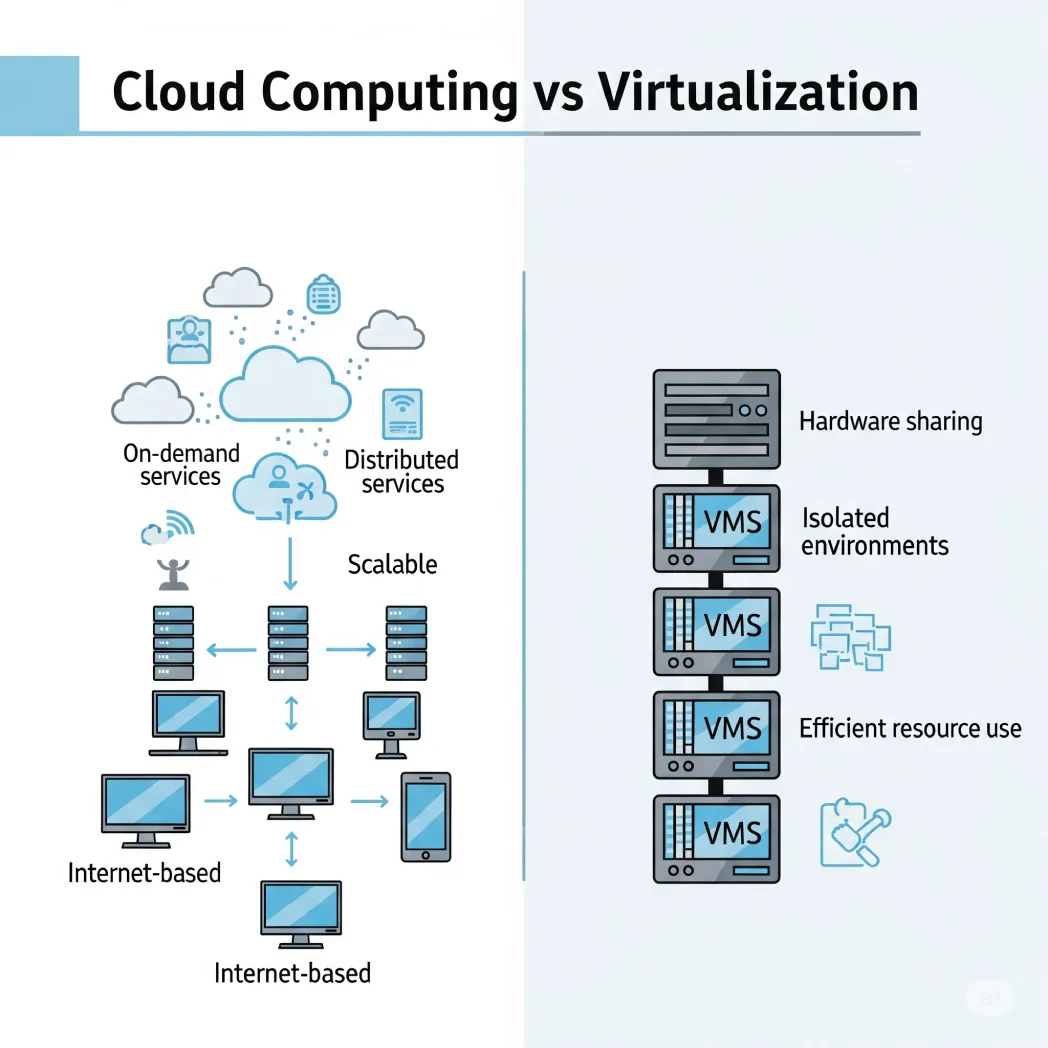Understanding HashMap vs Hashtable is essential for Java developers. While both store key-value pairs, HashMap is faster but not synchronized, whereas Hashtable is thread-safe but slower. This guide explores their differences, use cases, and when to choose each for optimal performance.
Hashmap Demystified
Understanding Hashmaps
A hashmap is a data structure that facilitates the storage and retrieval of data through a mechanism called hashing. The basic idea is to map data to a fixed-size array using a hash function. This array is often referred to as a table. Each element in the array is associated with a unique key, and the data is stored based on the computed hash of this key.
Key Features of Hashmaps
Dynamic Sizing: One of the key advantages of hashmaps is their ability to dynamically resize, accommodating a varying amount of data efficiently.
Fast Retrieval: Hashmaps boast fast data retrieval times, making them a preferred choice for scenarios where quick access to information is crucial.
Collision Handling: In the event of hash collisions (two keys producing the same hash), modern hashmap implementations employ advanced techniques like chaining or open addressing to manage conflicts.
Hashtable: Beyond the Basics
Delving into Hashtables
On the surface, hashtables might seem synonymous with hashmaps, but a closer inspection reveals nuanced disparities. A hashtable is a specific implementation of a hashmap, often associated with older programming languages like Java.
Notable Characteristics of Hashtables
Synchronization: Unlike hashmaps, hashtables typically come with built-in synchronization, ensuring thread safety in concurrent programming environments.
Legacy Usage: Hashtables are considered somewhat legacy, and their usage might be discouraged in favor of more modern alternatives like hashmaps.
Choosing the Right Data Structure
Deciding Factors
Selecting between a hashmap and a hashtable boils down to the specific requirements of your project. If synchronization in a multithreaded environment is paramount, a hashtable might be the way to go. On the other hand, if you prioritize efficiency and are working in a single-threaded setting, a hashmap might offer better performance.
Key Difference Between Hashmap and Hashtable
| Aspect | Hashmap | Hashtable |
|---|---|---|
| Implementation | Part of Java Collections Framework | Legacy implementation, part of older Java versions |
| Synchronization | No built-in synchronization | Built-in synchronization for thread safety |
| Performance (Single-threaded) | Generally faster due to lack of synchronization overhead | May be relatively slower due to synchronization |
| Performance (Multithreaded) | May require external synchronization for thread safety | Offers built-in synchronization, suitable for multithreaded environments |
| Usage | Preferred for single-threaded scenarios | Preferred when thread safety is crucial |
| Memory Overhead | Dynamic sizing may impact memory usage | May have lower memory overhead due to fixed sizing |
| Flexibility | Dynamic resizing allows adaptation to varying data loads | Fixed sizing, less adaptable to changing data loads |
| Collision Handling | Uses techniques like chaining or open addressing | Manages collisions by locking affected segments during updates |
| Modern Usage | Commonly used in modern programming languages | Considered somewhat legacy, alternatives available |
| Concurrency Control | May require external mechanisms for concurrency control | Built-in mechanisms for concurrent access control |
| Scenario Suitability | Ideal for scenarios where synchronization is not critical | Suitable for scenarios requiring thread safety and data integrity |
| Language Support | Widely supported in various programming languages | Specific to Java programming language |
| Adoption Trends | Commonly used in modern applications and frameworks | Being replaced by more modern data structures in some contexts |
| Community Recommendations | Often recommended for its efficiency | May be recommended for scenarios requiring synchronization |
Frequently Asked Questions:
Q1: Which is faster: Hashmap or Hashtable?
Answer: Hashmap generally exhibits faster performance in single-threaded scenarios due to its lack of synchronization overhead. However, in multithreaded environments, Hashtable may be preferred for its built-in synchronization.
Q2: Can Hashmap and Hashtable be used interchangeably?
Answer: While they share similarities, Hashmap and Hashtable have nuanced differences, particularly in terms of synchronization. Careful consideration of project requirements is essential to determine interchangeability.
Q3: How do Hashmap and Hashtable handle collisions?
Answer: Hashmap often uses techniques like chaining or open addressing to manage collisions. Hashtable, with built-in synchronization, manages collisions by locking the affected segments during updates.
Q4: Are there scenarios where Hashtable is a better choice?
Answer: Yes, Hashtable shines in scenarios where thread safety is paramount, making it suitable for multithreaded applications. Its legacy support also makes it relevant in certain programming landscapes.
Q5: Does Hashmap’s dynamic sizing impact performance?
Answer: While Hashmap’s dynamic sizing allows it to efficiently handle varying data loads, constant resizing can impact performance in terms of memory usage. Careful consideration of data patterns is advised.
Q6: Are there modern alternatives to Hashtable?
Answer: Yes, modern programming languages often offer alternative data structures with improved performance and features, making Hashtable somewhat legacy in comparison.
Conclusion
In conclusion, while hashmap and hashtable may seem like two peas in a pod, understanding their subtle differences can significantly impact your programming decisions. Whether you’re optimizing for speed, memory usage, or thread safety, choosing the right data structure is crucial for the success of your project.




